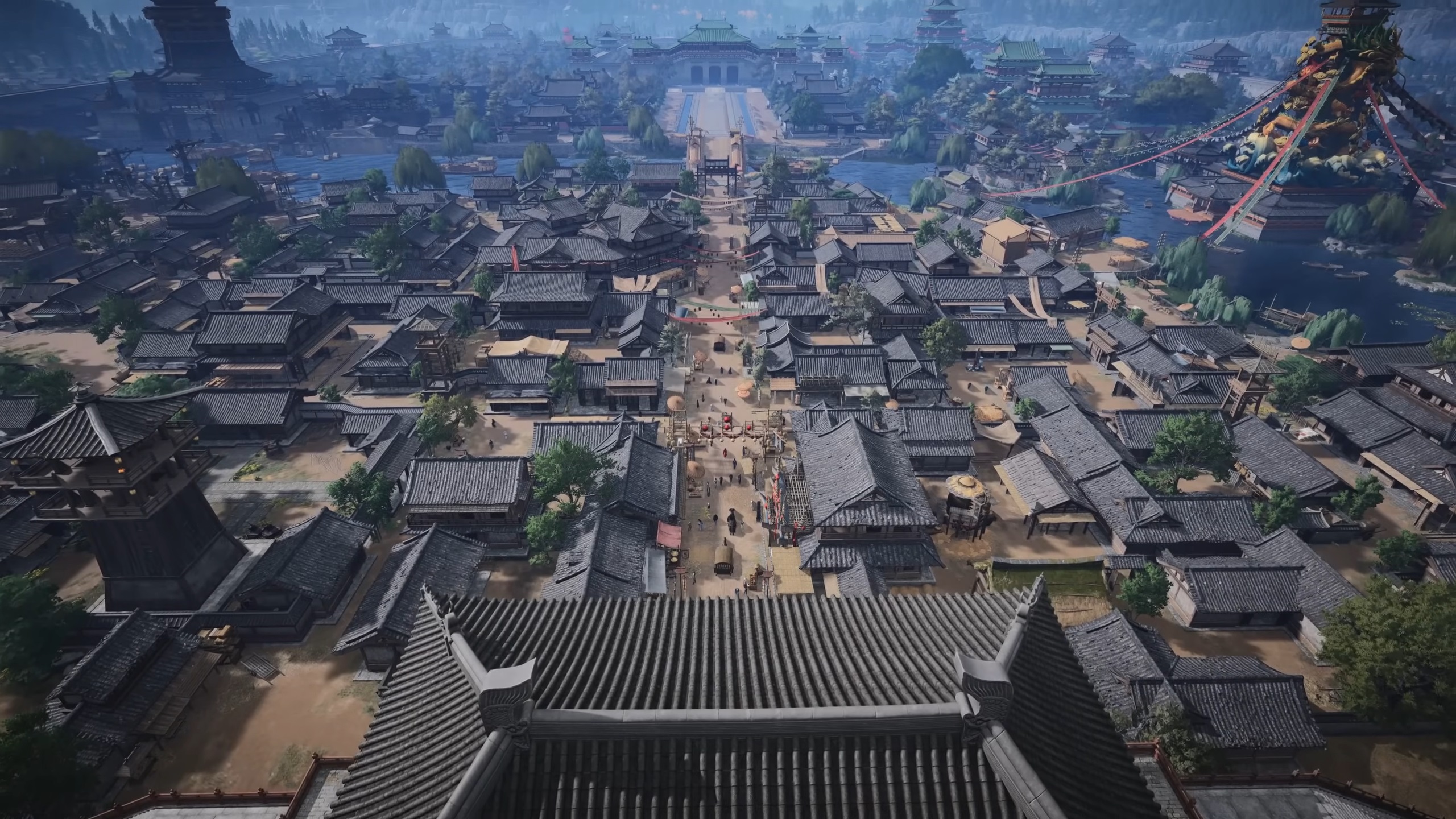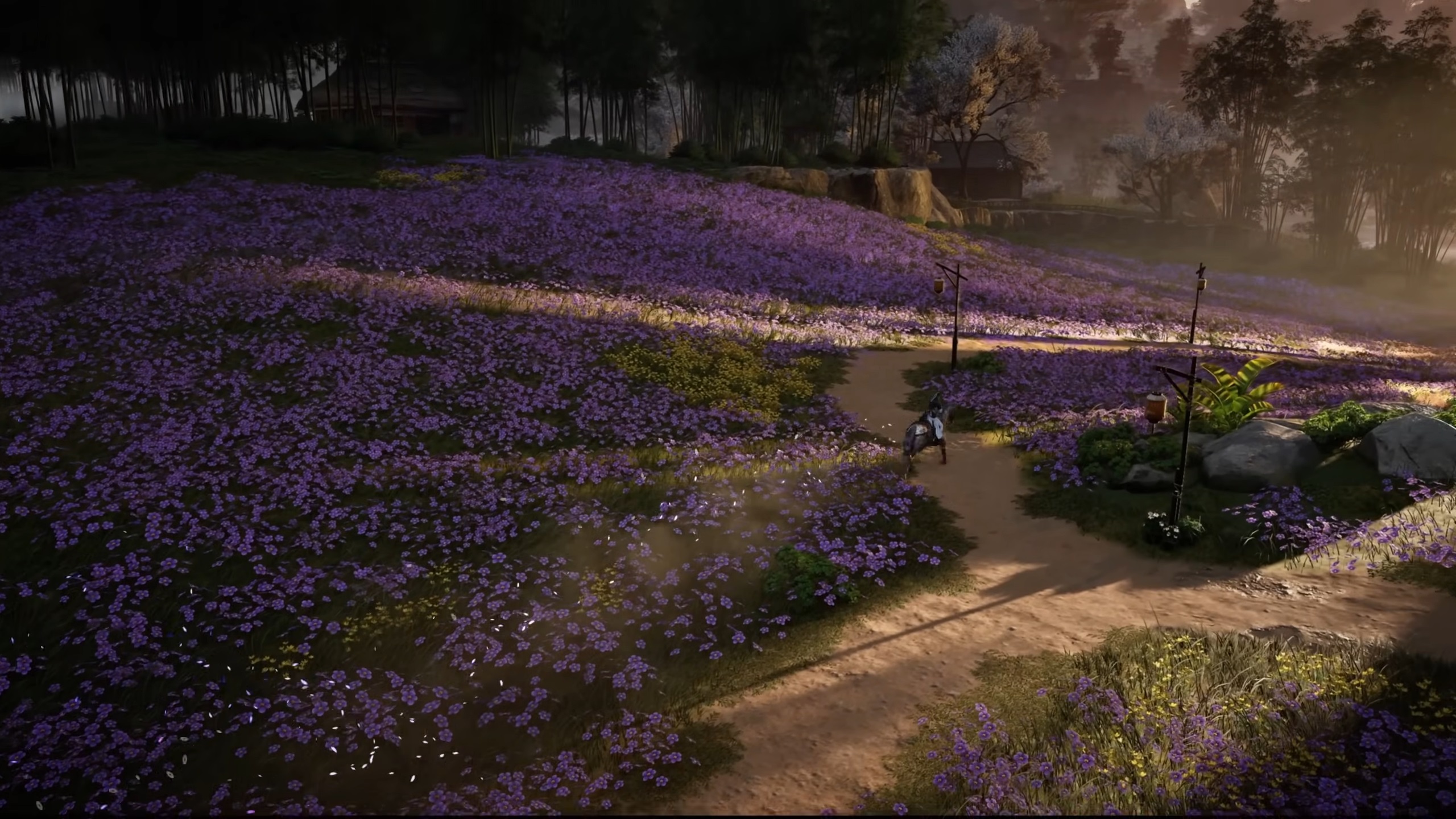Here are the top 5 GPU upgrades you can make in 2025, with key considerations such as VRAM, power efficiency, future proofing, and more.
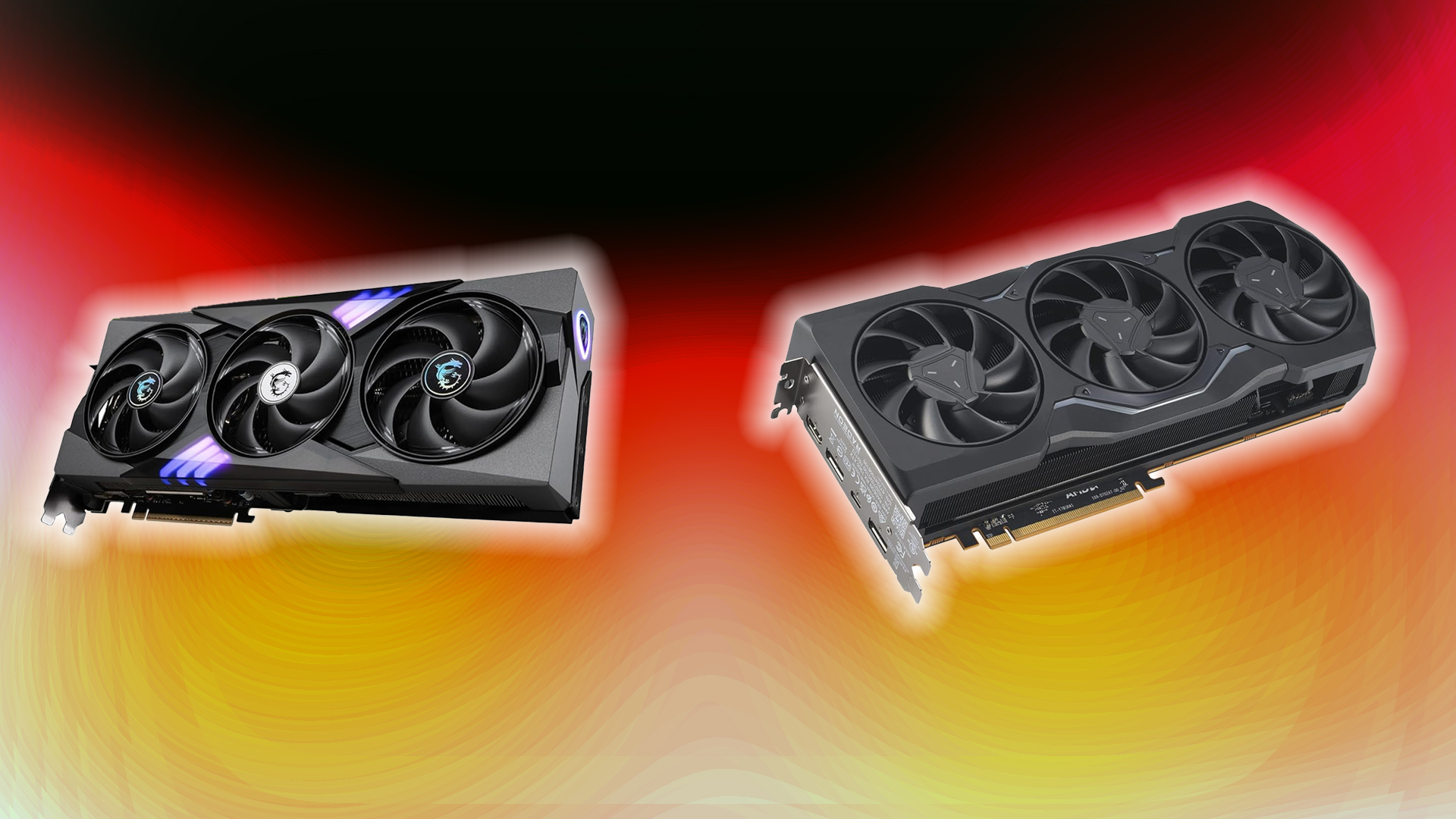
The GPU market is as unexciting as it can be in 2025. GPU vendors rarely prioritize good products nowadays, and all that can be seen is a focus on fulfilling AI-specific requirements. RTX Blackwell was indeed launched this year, but it received an abysmally poor reception. The upgrade is barely noticeable, except for the 5090; the rest of the stack is average (5080/5070, and so on).
That said, if you are looking for a drop-in upgrade, here are the top 5 options to choose from.
Note: The GPU names also correlate with GPU tiers; for example, RTX 3070/3080 can be associated with the RX 6800/7800 XT tier, respectively. The performance figures mentioned here are provided for reference purposes. Real-world numbers vary according to your use case. This article reflects the writer’s perspective based on real-world usage and current market conditions. In the end, your choice of hardware is your own, and that’s what matters most.
Top 5 GPU Upgrades
1. RTX 3070/3080 to RTX 5070 Ti – The Sweet Spot Upgrade
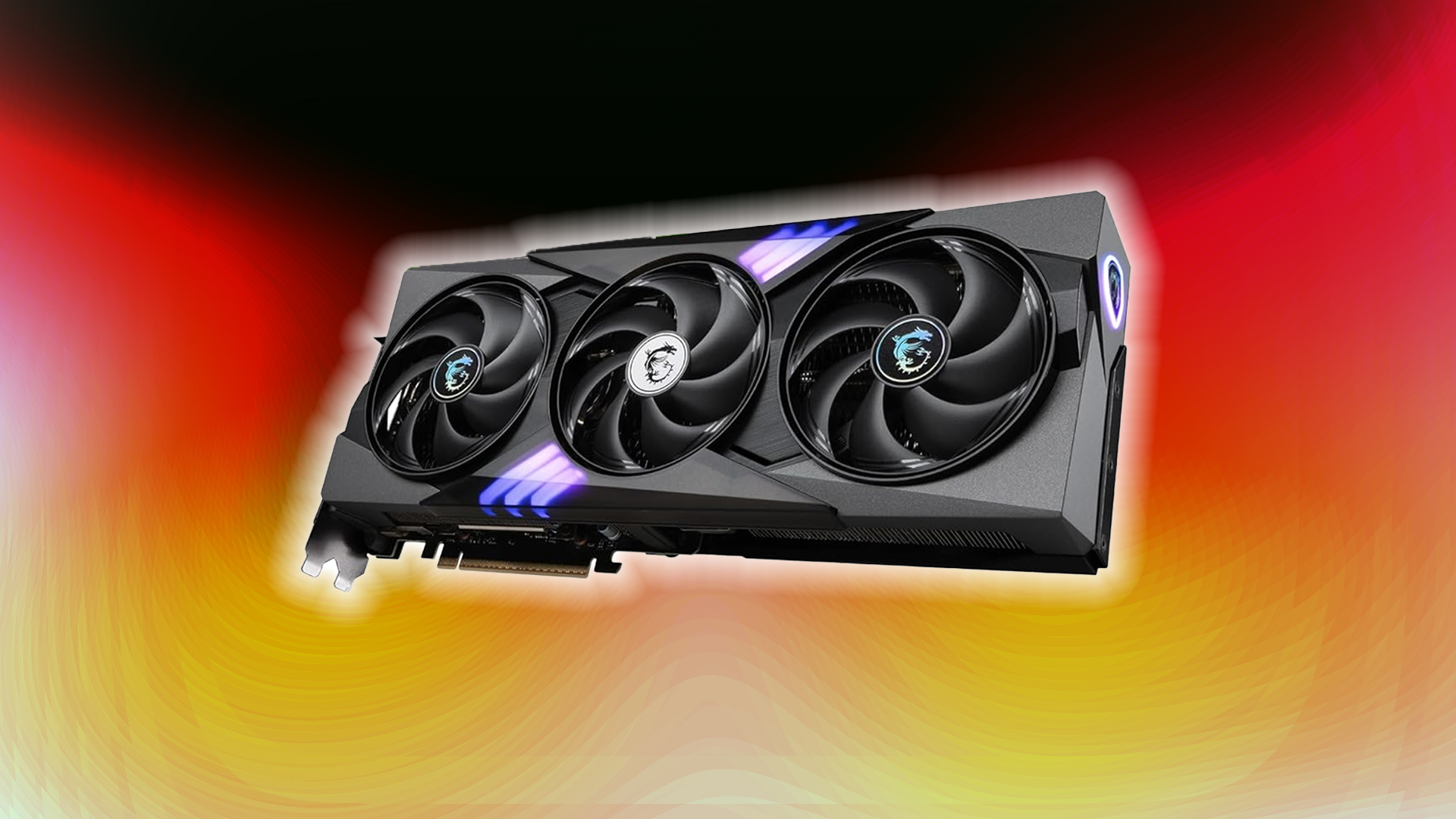
When Ampere was released, an RTX 3070 was all you needed to play games that focused on rasterization. The 3080 was in the super high-end 4K territory. Fast forward to today, and both of these GPUs are outdated. Why? Because 8GB and 10GB VRAM are both nearing the end of their lifespan.
So, if you’re looking for an upgrade and are highly disappointed by how GPU vendors are reducing bus width and charging an exorbitant amount of money, the RTX 5070 Ti is for you. But yes, get it at only $749, not a penny more.
Key Upgrade Benefits
- Performance Leap: 35-50% performance increase over RTX 3080.
- VRAM Boost: Jump from 8/10-12GB to 16GB GDDR7 memory.
- Modern Features: DLSS 4 Multi-Frame Generation and Rapid Trigger support.
- Power Efficiency: Improved performance per watt with Blackwell architecture.
- Future-Proofing: 16GB VRAM ensures longevity for upcoming titles.
2. GTX 1660 Super To RTX 3060 12GB – The Budget Performance Jump
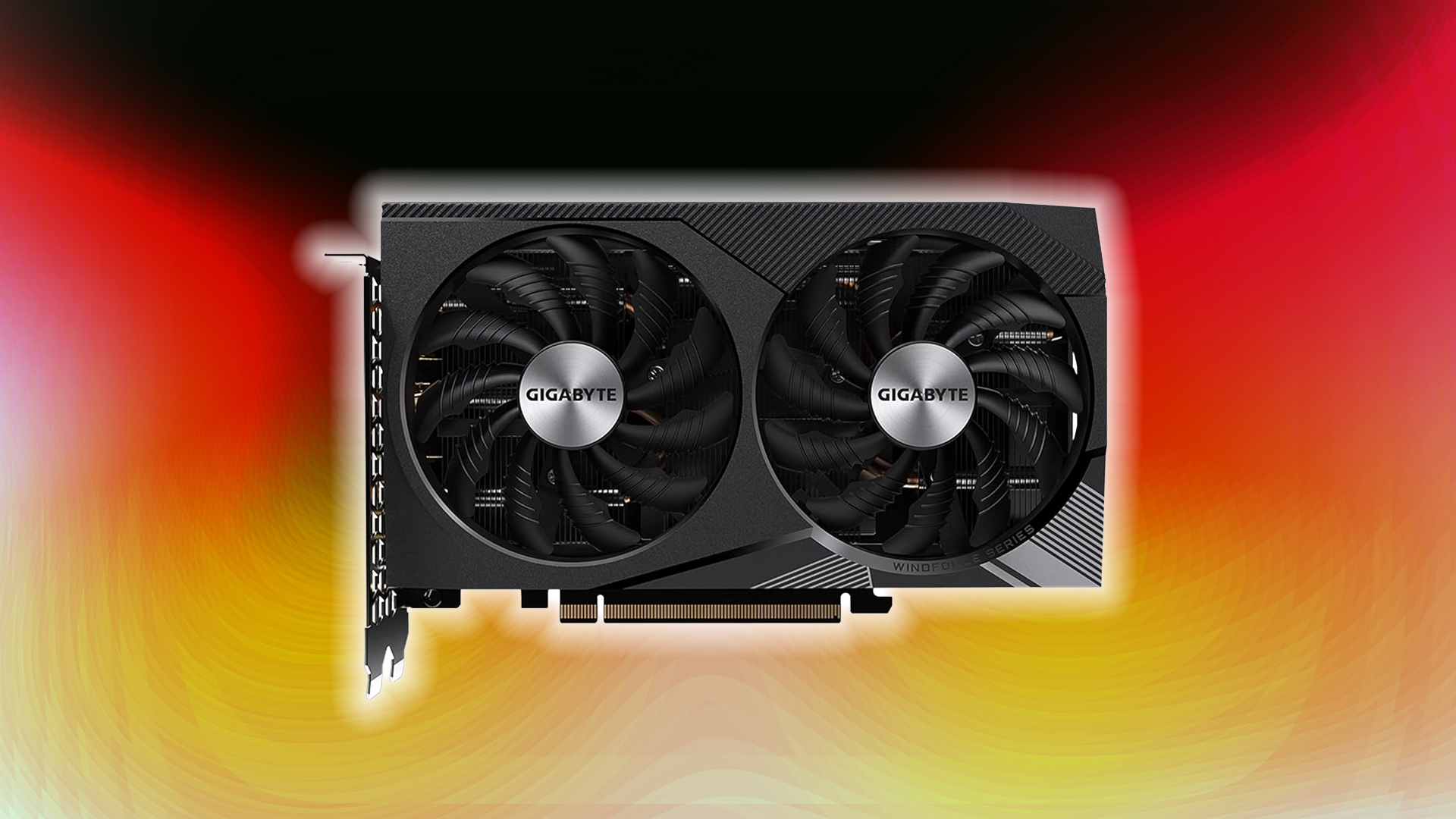
Many budget gamers still cling to a 1660 Super or similar GPU, as these were extremely compelling GPUs back in 2018 and were very capable at 1080p resolution. As time has evolved, even 1080p with 6GB VRAM has become irrelevant, which is why a 60-class RTX card, such as the 3060, is an excellent budget upgrade. It won’t break the bank, offers a significant performance boost, and comes with more VRAM.
On the other hand, if you do find the ARC B580 in stock at a similar price, around $250, then choosing the ARC will require you to confirm resizable bar support within your existing config; otherwise, the 3060 makes more sense for older systems. Lastly, a second-hand or a new RTX 2060 12GB OEM model also works fine, provided you find it well within your budget.
Key Upgrade Benefits
- Performance Increase: 32%-50% higher gaming performance.
- VRAM Upgrade: Jump from 6GB to 12GB, to at least play 2025 titles at 1080p.
- Modern Features: DLSS support and ray tracing capabilities.
- DirectX Improvements: 38%-45% better DirectX 12 performance.
- Power Efficiency: Better performance per watt despite higher TDP.
3. RX 6800 XT To RX 7900 XTX – The AMD Performance Crown
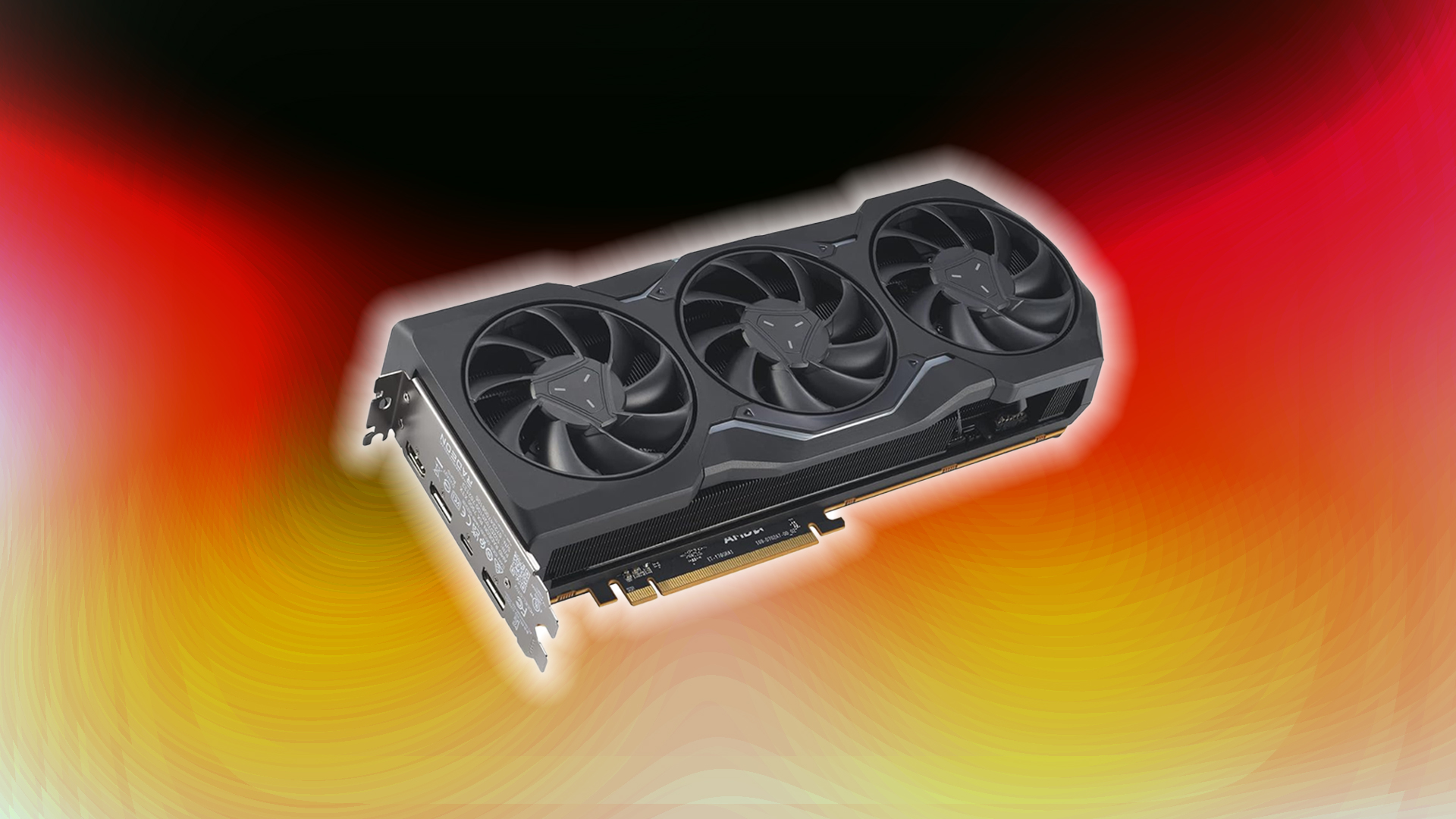
If you are using an RX 6800 XT, then you are a person who doesn’t play games with Ray Tracing. The 6800 XT gave the RTX 3080 Ti a run for its money in terms of raster and power draw, but also had more VRAM in the process. If you want a worthy upgrade that keeps up with the raster performance, and do not have the budget for a 5090 in the process. The RX 7900 XTX is the one for you.
With this, you get the RTX 4070 level of ray tracing capabilities, but raster is closer to an RTX 5080. The VRAM is also more than sufficient for recent titles. Thanks to the RDNA 4 launch, the XTX can be picked up new for under $600 during sale events.
Key Upgrade Benefits
- Performance Gain: around 50% increase in frame rate over RX 6800 XT.
- 4K Gaming: Capable of 400 FPS at 4K in Counter-Strike 2.
- VRAM Advantage: 24GB vs 16GB for texture-heavy scenarios such as Indiana Jones.
- Architectural Improvements: RDNA 3, not much over RDNA 2, but more CU, and more horsepower.
- Ray Tracing: near RTX 4070 levels, not a talking point.
4. RTX 3060 Ti To RTX 5080 – The High-End Performance Leap
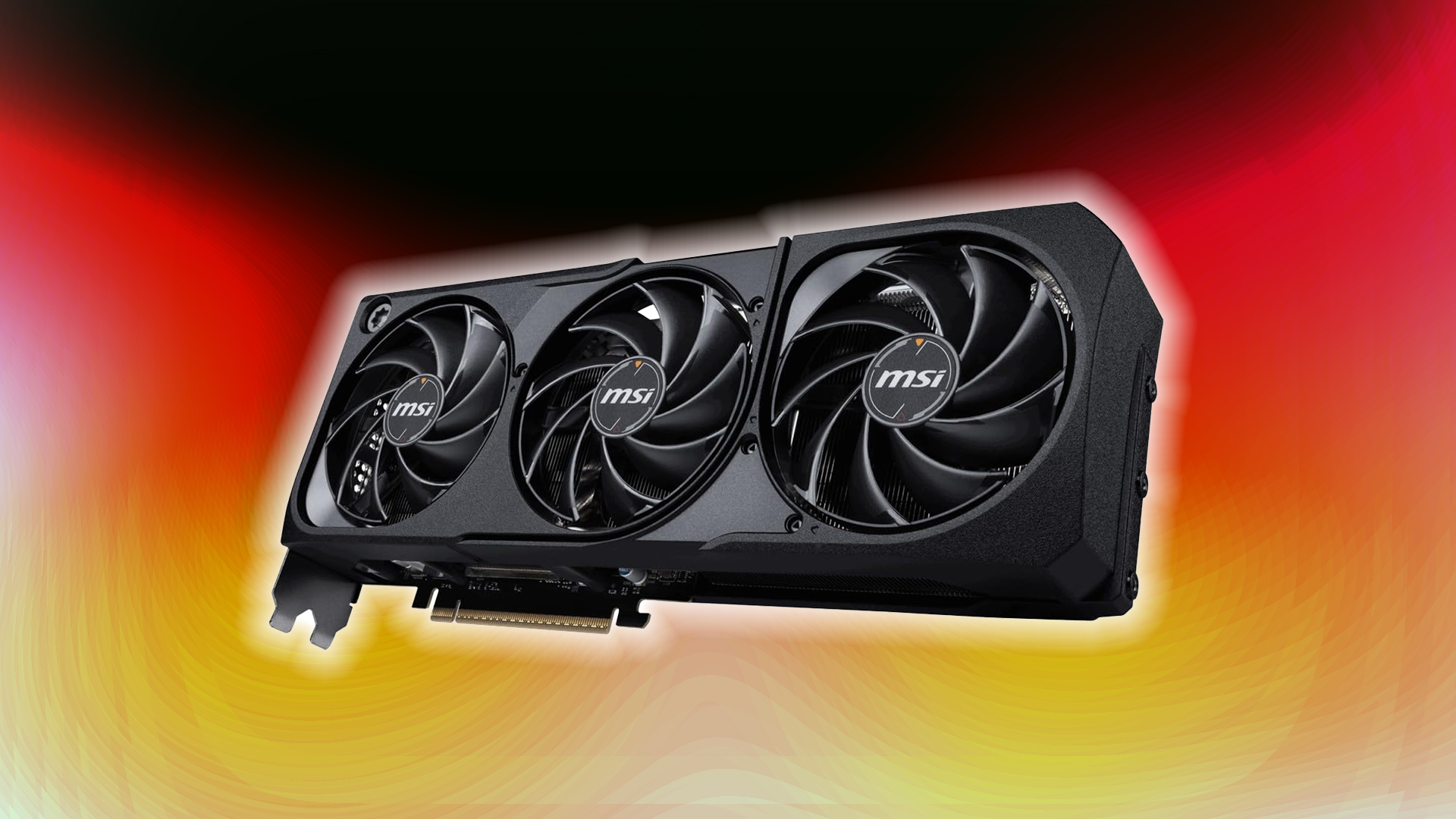
Most gamers who settled for the RTX 3060 Ti received a very compelling 1440p GPU that was affordable and remained relevant for a considerable time. The 3060 Ti ran almost anything at a stable 60-80 FPS, and was a worthy 60 Ti-class card. With a 256-bit bus, and specifically GDDR6 or even the GDDR6X model, both were incredibly well received.
Why is the 5080 a worthy upgrade here? Because the 5080 is also expected to remain for a very long time, and at 1440p, it follows a similar trend, but with Ray Tracing titles. Even the 4080 Super works fine; whichever one you can find for a reasonable price, get that.
Key Upgrade Benefits
- Performance Increase: around 2x faster gaming, particularly with ray tracing.
- VRAM Boost: Jump from 8GB GDDR6/6X to 16GB GDDR7 for future-proofing in terms of memory bandwidth and capacity.
- Modern Architecture: Blackwell GB203 with 10,752 CUDA cores vs 4,864 CUDA cores.
- Advanced Features: DLSS 4 with Multi-Frame Generation and NVIDIA Reflex.
- Power Efficiency: 360W TBP with superior performance per watt.
5. RTX 4070 To RTX 5090 – The Ultimate Performance Revolution
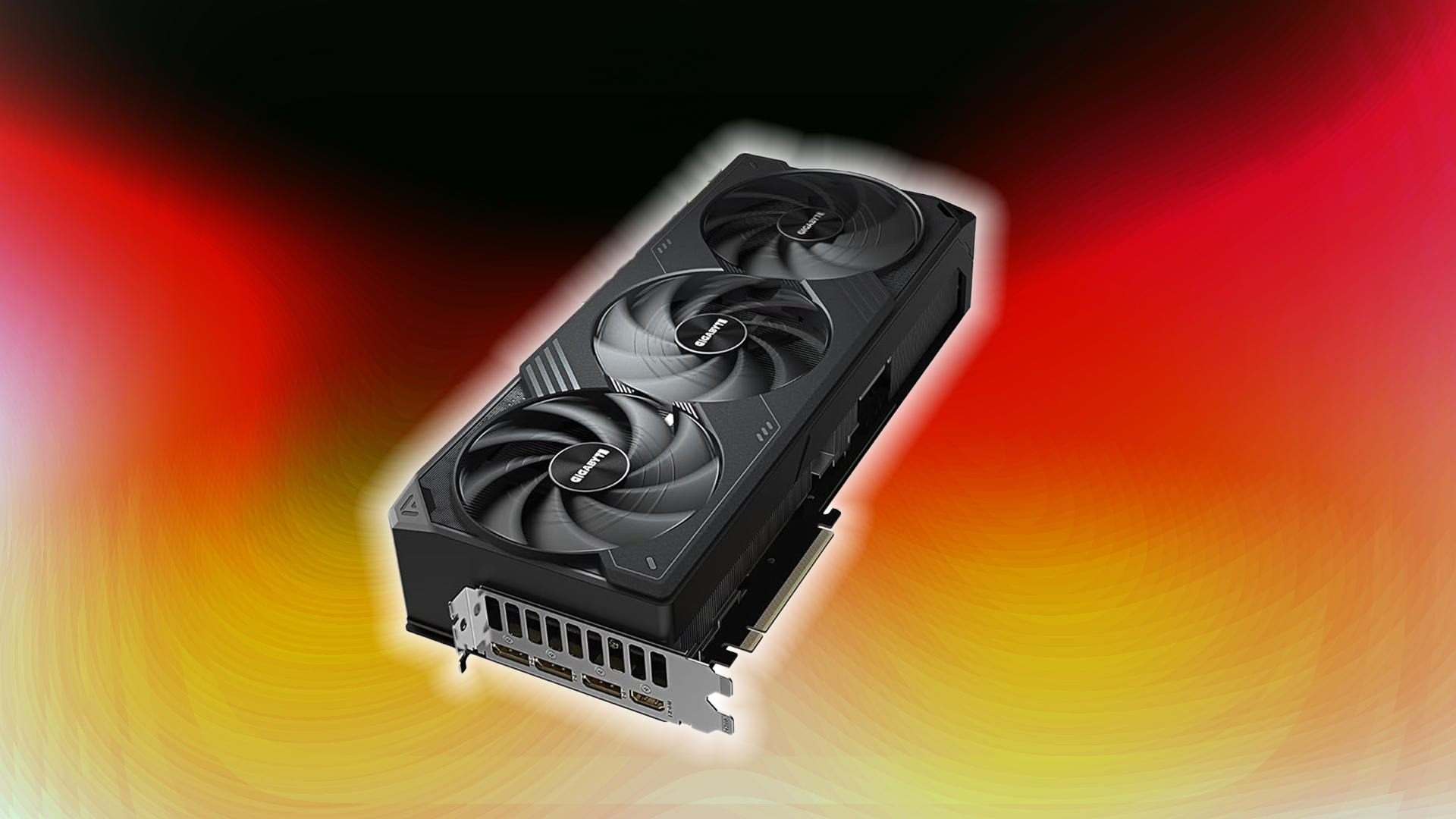
While this is a subjective option, the RTX 4070 represents a capable GPU with 12GB VRAM and follows a similar trend to the RTX 3080. Most gamers who buy these GPUs play with a compromise in 2025, because:
- The VRAM is simply not enough.
- Turn on RT, then you need to check VRAM, textures, and upscaling to compensate for framerates.
It’s like you cannot play a game with peace of mind; something or the other has to be compromised. To some, these kinds of compromises, especially at 1440p, can be infuriating. For starters, they come home from tiring work, play their favorite game, and then all of these? Yes, even with a $500 GPU, it lags and stutters, or sometimes crashes if the VRAM overflows.
With the 5090 and its ridiculous price, you are giving up compromise. 32GB VRAM, regardless of how poorly optimized a game is, poses no problem. Raster and RT power can compensate for poor development choices, and then there is MFG, fake frames or not; it gets the job done, with a bit of input delay, of course.
Key Upgrade Benefits
- Performance Increase: around 3x faster performance with flagship-level capability.
- VRAM Explosion: Jump from 12GB GDDR6X to 32GB GDDR7 for unlimited headroom.
- Architecture Leap: Blackwell GB202 with 21,760 CUDA cores vs 5,888 CUDA cores.
- Professional Features: DLSS 4 Multi-Frame Generation and advanced AI acceleration.
- Future-Proofing: Flagship performances that will remain relevant for years.
Verdict
The GPU prices in MSRP do not reflect actual market values, which is why they weren’t mentioned here. That said, now that stocks are flowing, you can at least find one or two models at MSRP. If you are still not convinced of the upgrade path, then it’s best to wait for Nvidia to release the RTX 50 Super series, which is rumored and currently the most anticipated, nonetheless.
We provide the latest news and “How To’s” for Tech content. Meanwhile, you can check out the following articles related to PC GPUs, CPU and GPU comparisons, mobile phones, and more:
- 5 Best Air Coolers for CPUs in 2025
- ASUS TUF Gaming F16 Release Date, Specifications, Price, and More
- iPhone 16e vs iPhone SE (3rd Gen): Which One To Buy in 2025?
- Powerbeats Pro 2 vs AirPods Pro 2: Which One To Get in 2025
- RTX 5070 Ti vs. RTX 4070 Super: Specs, Price and More Compared
- Windows 11: How To Disable Lock Screen Widgets
 Reddit
Reddit
 Email
Email

